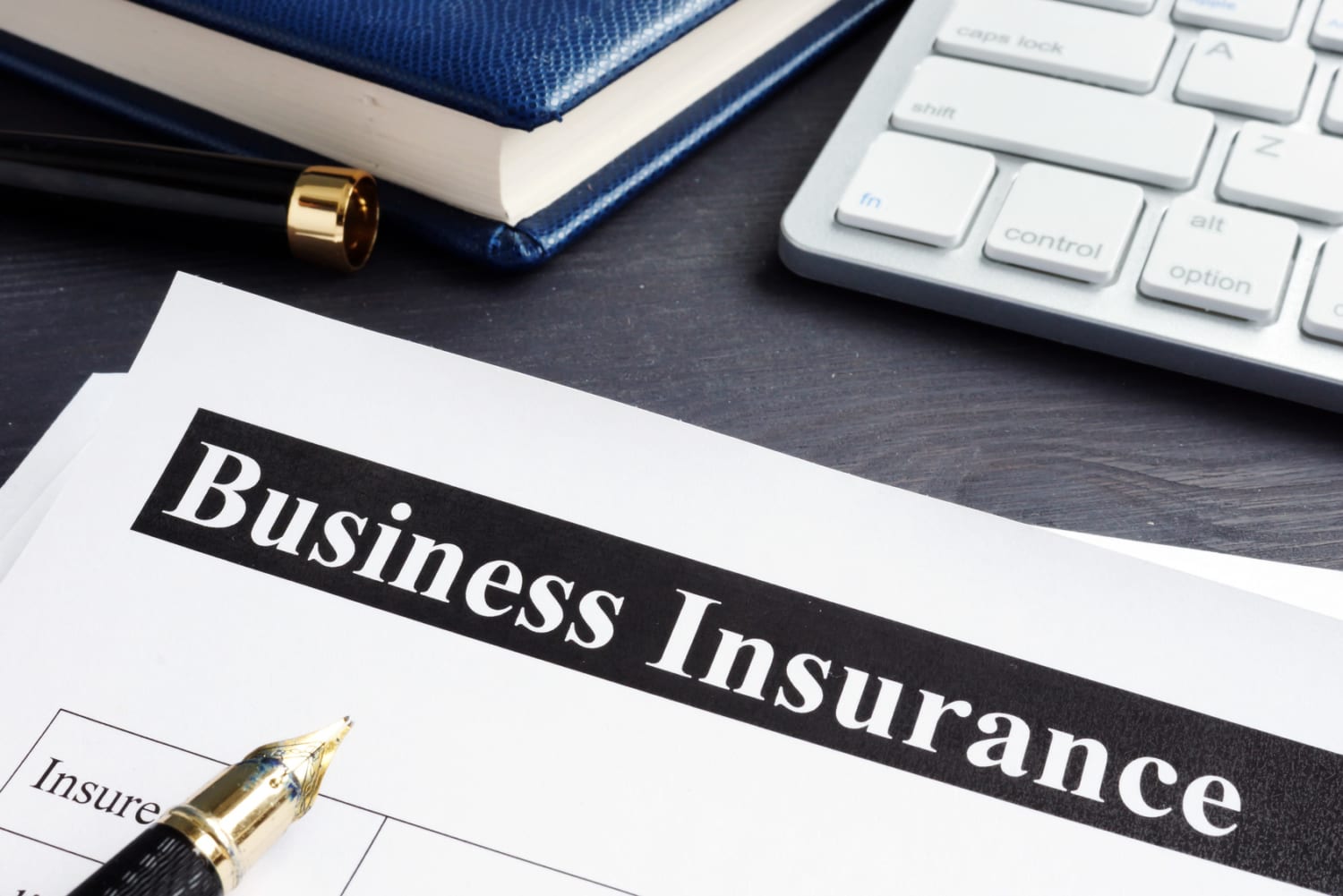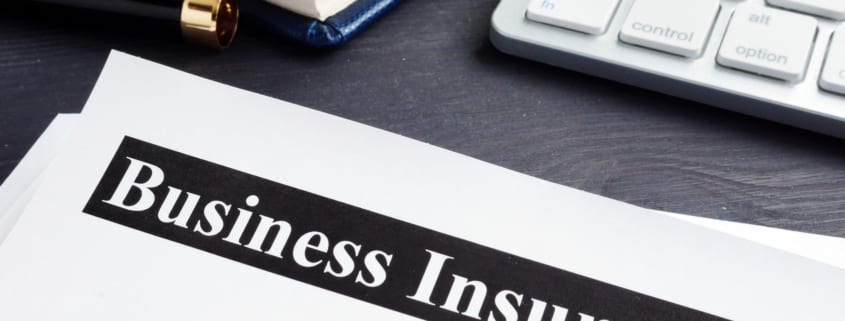Small Business Insurance Checklist

As a small business owner, you have many challenges that most people do not understand! These day to day issues can chew up your valuable time and not be at all revenue producing. Whether it be staffing, customer or regulatory issues, in many cases they are not problems that you have brought upon yourself, but they are problems that you will be called upon to solve.
Insurance is one of those issues that takes up your time, but is a necessary part of managing ones business for a profit. Managing business risk, while not a fun job, is certainly worth it when you find yourself with a risk event that could have been covered by properly placed insurance.
Risk Management:
As noted above, staffing, customers and regulations, just to name a few are areas where insurance might be able to help you sleep at night.
Your employees are usually a challenge on a good day. Between their health, their welfare, their families, their co-workers and their benefits, just to name a few, their issues are forever changing and seemingly becoming more complex.
Your customers are another source of strife. Many are wonderful, easy to service, easy to understand, supportive of your efforts, and willing to allow some give and take in the relationship. However, there are others that demand more than they can reasonably expect, insist on undeliverable service, and withhold payment for no reason.
Government Regulations are another source of pain. They are unforgiving, they are many times arbitrary, slow to resolve, and often times there is no one to speak to but inane telephone prompts.
Risk management is the first step toward protecting your company from the inevitable issue that you cannot foresee. It is impossible to list all the risks that you encounter in a day of running your company but insurance can try to provide you an umbrella under which many of these exposures can be collected, identified and addressed.
Small Business Insurance:
Many companies deal with these exposures in varying ways. Some very large companies have massive departments designed to identify, manage, insure and eliminate exposures.
Many medium sized companies have a dedicated insurance agent that makes enough commission on their account that they can be comfortable that their issues have been identified and insured where possible. The small company, however, needs to involve the owner in most of the insurance decisions and that owner just does not have the time.
Small Business Insurance Checklist:
This list is designed to help the small business owner to see many of the types of insurance that might apply to his/her business. While this list is not guaranteed to address all small businesses, it can give you some insight into what insurance other small businesses have purchased.
1. Employee Exposures:
- Workers Compensation: This is an important coverage for employees that provides some help when employees are injured on the job. It is a complex coverage but usually required by state statute.
- Employee Practices Liability: This coverage is valuable more today than ever, as more and more employees will challenge the policies and practices of a company, in the hopes of recovering against a wrong that they feel they experienced.
- Fidelity Coverage: If your employees are handling company funds either currency or financial instruments, you may want to purchase this coverage to protect your company from any wrong doing.
2. Premises Exposures:
- Business Owners Policy(BOP): This is a great coverage for small businesses because it covers many different loss perils. This will cover property losses from Fire and Theft, to Liability losses and even advertising exposures in some cases. This is the second most important policy to purchase because it covers so much.
- Commercial Liability Coverages: If your business is engaged in an industry where you are exposed to larger liability risks, than just the most common slip and fall exposure, you need to consider Commercial Liability Coverage. There are many types but these are some common policy types:
- Professional Liability: This addresses exposures for professionals like accountants and lawyers and architects, etc.
- Contractor Liability: This addresses exposures common in the contractor industry.
- Commercial Automobile Liability: This addresses those exposures of having a commercial vehicle in your business.
3. Other Specific Exposures:
- Cyber Liability: More and more today we worry about what can happen to a business that keeps customer data. There is a greater risk today of unauthorized access to such data and the exposure to the business that handles this data.
- Directors and Officer Liability: Many business formations are protected with limited liability due to their structure but it is important when you have a Board of Directors and Shareholders, to protect them from those who would question their decisions.
- Surety Bonds: Some businesses like contractors and banks and other financial institutions that are handling or managing a large asset, need to have the added protection of a surety bond to protect their clients.
How to Save Money with Small Business Insurance
1. Learn more.
Your first task is to learn as much as you can about your best options for insurance. Read up on what other small businesses are purchasing based on industry and company risks. Ask an agent for input as well.
2. Bundle up.
As with home and auto insurance, bundling policies often gets you a discount on premiums. Purchase your different types of business insurance with a single provider and you may be able to save.
3. Consider higher deductibles.
Increasing the deductibles on your insurance will lower monthly premium costs. If fewer monthly out-of-pocket costs sounds good to you, this might be the way to go. But, higher deductibles mean more upfront cost to you if you have to file a claim. Evaluate your business to determine which option is best for your circumstances.
4. Manage your risk.
Implement a management plan for both external and internal risks. One internal risk to consider is fraud, such as revenue skimming, billing, expense reimbursement, and other forms of corruption. Other risks to plan for include factors such as losing a key employee and an accident or illness that leads to your disability. The U.S. Small Business Administration provides a helpful guide for risk management.
5. Reevaluate your insurance needs annually.
Situations and markets change, and so can your coverage needs. At renewal time, check in with your business insurance agent to discuss whether changes need to be made to your policies.
Small Business Insurance Checklist Summary:
Remember that it only takes a moment to run through the above small business insurance checklist to see if you have all the common coverages that your small business might need.
Some of these Insurance Coverages can be purchased online and some require a little more research. The best place to start is to look online, to learn a little about what you need in your business and become somewhat familiar so that you know what you think you need. Make sure you shop around for the best pricing!

 EINSURANCE
EINSURANCE EINSURANCE
EINSURANCE EINSURANCE
EINSURANCE